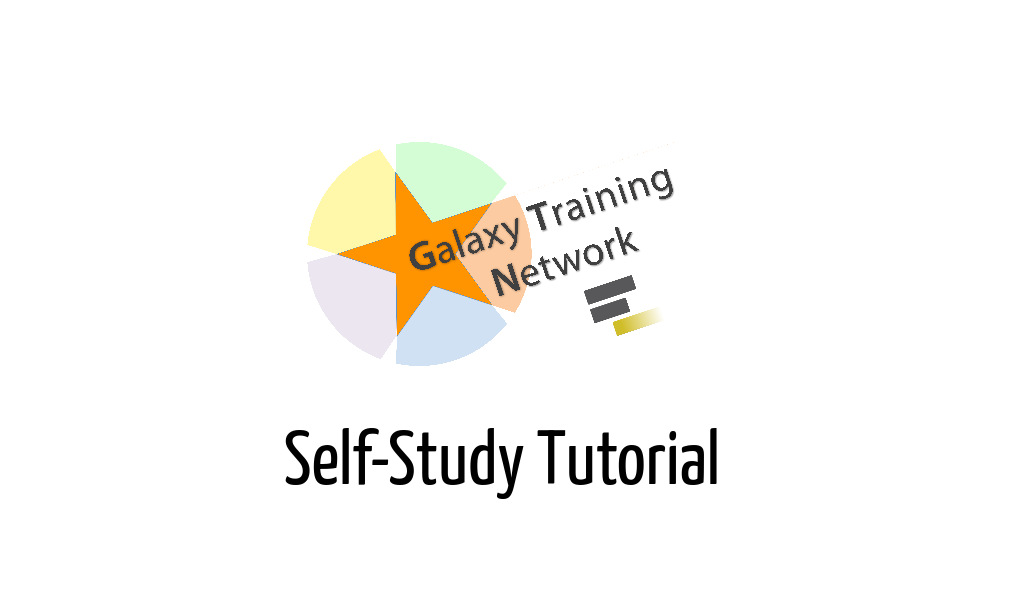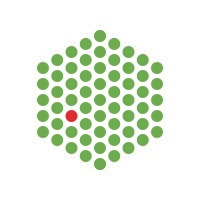Module: One Health
“One Health” is an integrated, unifying approach to balance and optimize the health of people, animals and the environment. It is particularly important to prevent, predict, detect, and respond to global health threats such as the COVID-19 pandemic.
The approach mobilizes multiple sectors, disciplines and communities at varying levels of society to work together. This way, new and better ideas are developed that address root causes and create long-term, sustainable solutions.
One Health involves the public health, veterinary and environmental sectors. One focus area of the One Health approach is the control of zoonoses (diseases that can spread between animals and humans), such as those caused by coronaviruses, influenza, pox viruses, or bacteria of the Mycobacterium tuberculosis complex.
Viral Pathogen Analysis
Tuberculosis Sequence Analysis
Webinar: Implementation of NGS for TB- WHO documents and other considerations
This webinar will summarize the recommendations and considerations available from the WHO documents on the use of NGS for TB
Note: This is a training session outside of the GTN. Please contact the authors if you have questions.
Variation in the genome of M. tuberculosis (Mtb) is associated with changes in phenotype, for example drug resistance and virulence. It is also useful for outbreak investigation as the single nucleotide polymorphisms (SNPs) in a sample can be used to build a phylogeny.
Speaker
Speaker
Identifying tuberculosis transmission links: from SNPs to transmission clusters
 This is a self-study session. Please work through the materials on your own, and ask the instructors for help if you get stuck or have any questions!
This is a self-study session. Please work through the materials on your own, and ask the instructors for help if you get stuck or have any questions!
Instructor
Tree thinking for tuberculosis evolution and epidemiology
 This is a self-study session. Please work through the materials on your own, and ask the instructors for help if you get stuck or have any questions!
This is a self-study session. Please work through the materials on your own, and ask the instructors for help if you get stuck or have any questions!
Instructor
Building a pathogen surveillance system with Galaxy
Learn how to integrate Galaxy-based pathogen sequence data analysis into molecular surveillance programs
Removal of human reads from SARS-CoV-2 sequencing data
 This is a self-study session. Please work through the materials on your own, and ask the instructors for help if you get stuck or have any questions!
This is a self-study session. Please work through the materials on your own, and ask the instructors for help if you get stuck or have any questions!


